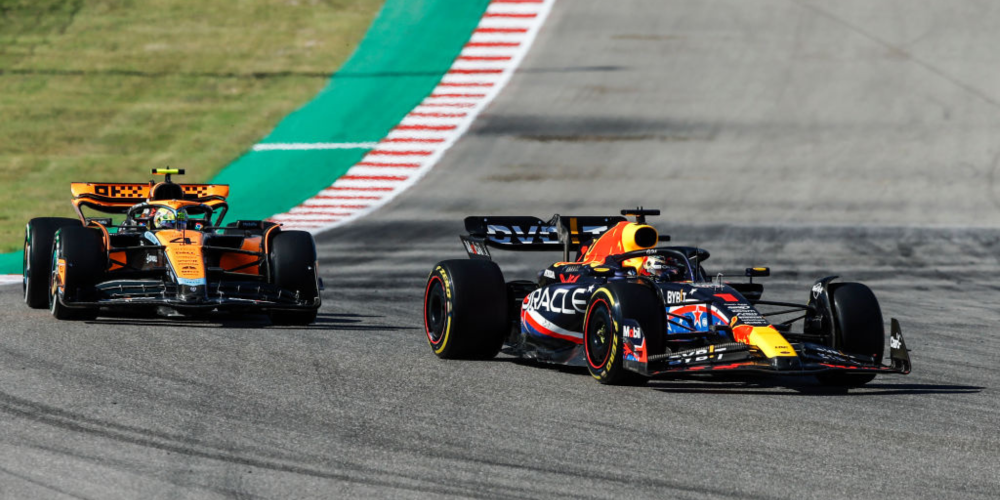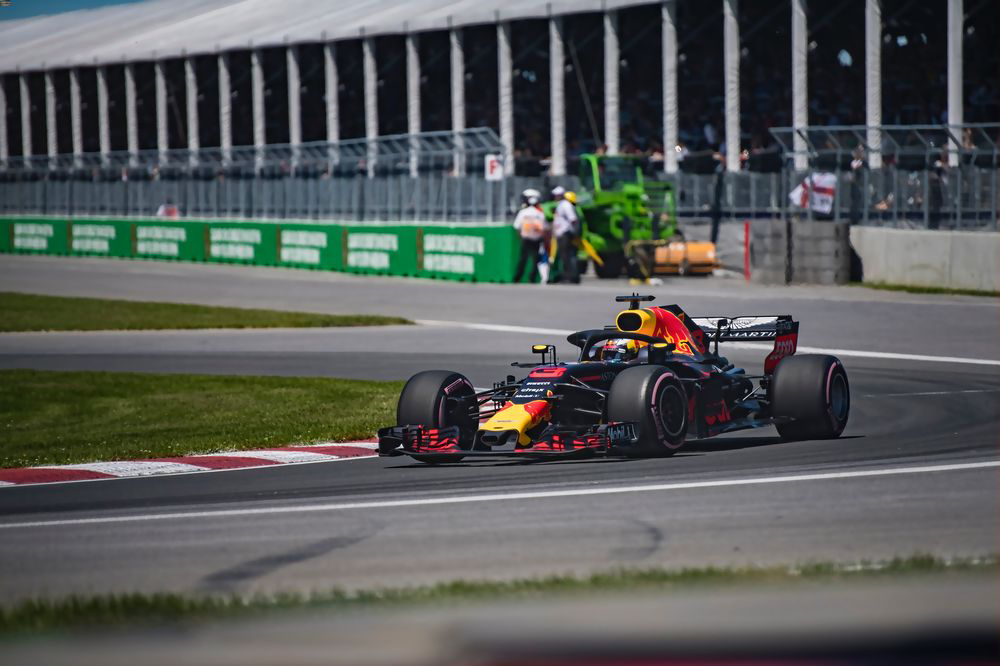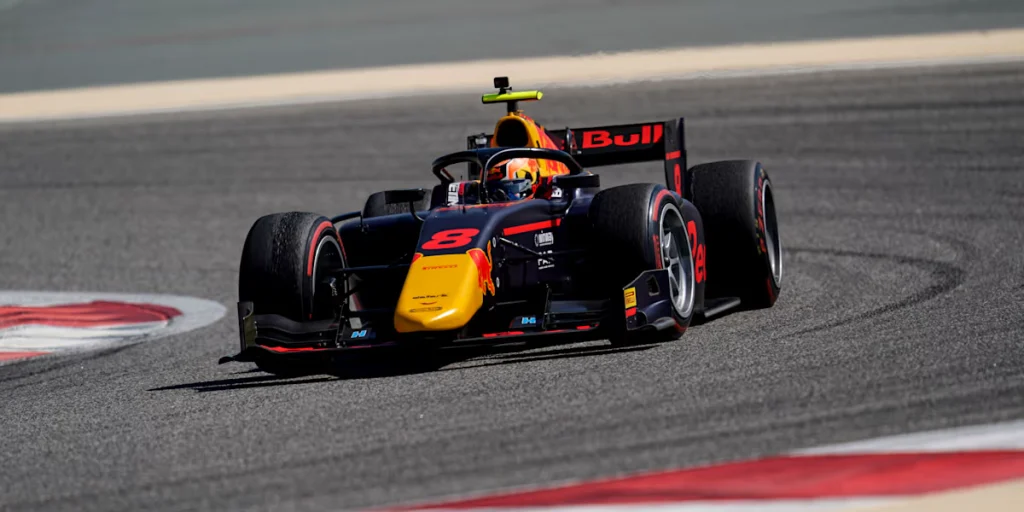
Ever dreamt of becoming a Formula 1 driver? It’s a path that demands more than just speed—it requires a mix of talent, money, dedication, and opportunity. With only 20 spots available on the F1 grid at any time, the journey is incredibly competitive. Still, with the right mix of skill and preparation, that dream can become reality.
Whether you’re starting out in karting or eyeing a seat in a junior program, this guide will show you exactly what it takes to become a Formula 1 driver—from licenses and fitness to funding and strategy.

Content
F1 Drivers Need Natural Racing Talent
The road to F1 begins with raw talent. Most professional drivers start racing in karts as early as 5 to 8 years old, honing their instincts, reflexes, and racecraft. Karting acts as the foundation of motorsport and allows young drivers to build the necessary skills to progress.
Scouts and team managers often look for young karting prodigies to support and sponsor. Without talent, the odds of progressing are extremely slim. It’s important to note that talent alone is not enough—but it’s the essential first ingredient.
F1 Drivers Need Financial Backing
One of the biggest challenges is money. Motorsport is expensive at every level. Entry fees, race equipment, travel, coaching, and team costs can reach hundreds of thousands of dollars per season in junior categories.
To succeed, drivers need to secure sponsorships, family backing, or join a development program early. Steps to becoming an F1 driver often include progressing through karting, Formula 4, Formula 3, and Formula 2—all of which require substantial funding.
Many drivers like Nikita Mazepin or Lance Stroll were able to climb the ranks faster thanks to financial support. But others, like Lewis Hamilton, proved that hard work and sponsorship deals can help overcome financial limitations.
F1 Drivers Must Be Extremely Fit

It’s not enough to be fast—you must be fit. Formula 1 drivers endure some of the most intense physical demands in sport. G-forces in corners, heat inside the cockpit, and mental pressure make physical and mental endurance essential.
Top drivers follow strict workout routines, emphasizing:
- Cardiovascular fitness
- Neck and core strength
- Reflex and reaction training
- Hydration and nutrition
Fitness plays a vital role in driver performance, especially during long races and qualifying laps. If you’re wondering how to start a racing career for Formula 1, start by building your fitness alongside your track experience.
F1 Drivers Must Earn an FIA Super Licence
No driver can enter to Become a Formula 1 Driver without an FIA Super Licence. This official qualification ensures that only experienced and capable drivers compete at the top level.
Here are the basic requirements to be a Formula 1 driver via the Super Licence system:
- Be at least 18 years old
- Hold a valid driver’s license
- Pass an FIA theory test on F1 regulations
- Complete at least 80% of two full seasons in lower racing series
- Accumulate 40 points over three years via results in approved series (e.g., F2, IndyCar, F3)
These points are awarded based on finishing positions in various championships. Drivers can fast-track their progress by winning titles in F2 or other highly ranked series.
Join a Junior Driver Academy
Many successful drivers have advanced to F1 through junior programs operated by major teams. These academies support young drivers with training, funding, and exposure to Formula 1 team environments.
Major F1 teams’ junior driver academies include:
- Ferrari Driver Academy
- Red Bull Junior Team
- Mercedes Junior Programme
- Alpine Academy
- McLaren Young Driver Program
Drivers like Charles Leclerc, George Russell, and Lando Norris all benefited from these systems. Joining such a program can be one of the most direct ways into F1, especially if you’re already making a name in junior formula series.
F1 Drivers Need a Strong Mental Game

Driving in Formula 1 isn’t just about physical skill—it’s also about mental strength. The pressure to perform, the intensity of competition, and the media spotlight require emotional resilience.
Many young drivers work with sports psychologists to develop:
- Focus and concentration
- Stress management
- Goal-setting and visualization
- Confidence under pressure
As you progress, your mindset becomes as important as your lap times.
Gain Racing Experience in Lower Formulas
Once your karting career gains traction, the next step is open-wheel racing. Most F1 hopefuls progress through this ladder:
- Karting
- Formula 4 (F4)
- Formula 3 (F3)
- Formula 2 (F2)
- Formula 1
Each level helps develop racecraft, consistency, and adaptability. It’s crucial to perform well in each category, especially in F2—where F1 teams closely monitor driver potential.
Network and Build Relationships in Motorsport
Success in motorsport is not just about racing. It also involves building relationships with team managers, sponsors, and industry professionals.
Attend racing events, get media training, and establish a social media presence to promote your brand. Being well-connected can help you access better opportunities and support.
Stay Persistent, Flexible, and Open to Alternatives
For every seat in Formula 1, there are hundreds of hopefuls. Even if you don’t reach F1, the skills you develop can lead to careers in:
- Formula E
- WEC (World Endurance Championship)
- DTM (German Touring Cars)
- IndyCar
- Motorsport engineering or team management
Staying flexible and focused will ensure you make the most of your racing journey—no matter where it leads.
Conclusion
How to become a Formula 1 driver isn’t a single answer—it’s a combination of early dedication, physical and mental preparation, strategic career choices, and financial support. Whether you’re karting in your hometown or winning in F2, each step brings you closer to your goal.
Understanding the steps to becoming an F1 driver, from how to start a racing career for Formula 1 to the requirements to be a Formula 1 driver, is crucial for any aspiring racer. Explore the advanced features and technology behind a Formula 1 steering wheel and how it controls every aspect of the race car.
FAQs About Become F1 Driver
Q1: What age should I start if I want to become an F1 driver?
Most Formula 1 drivers begin karting between ages 5 and 8. Starting early helps develop race skills, discipline, and experience needed for the upper levels.
Q2: Can I still become an F1 driver if I don’t have a lot of money?
While funding is important, talent and performance can attract sponsors and development programs. Drivers like Lewis Hamilton have overcome financial hurdles through skill and support.

Eldon Barrett’s knowledge of sports is boundless. His in-depth analysis and captivating storytelling will make you see the games you love in a whole new light.


